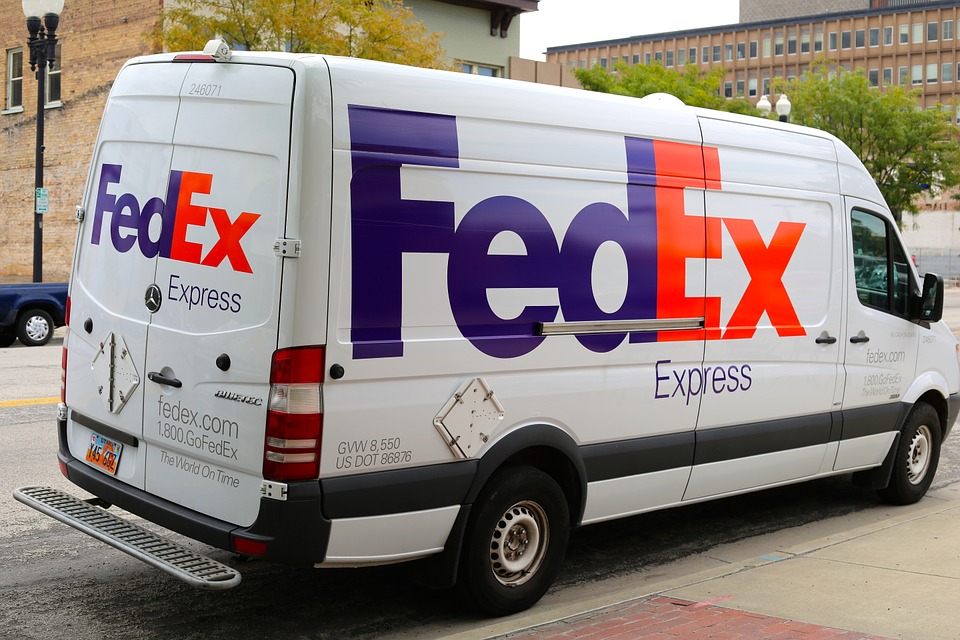To grow your online business one of the most effective steps you can take is creating an effective e-commerce shipping strategy. Many brands will approach their initial shipping strategy with a basic plan – e.g. offering free shipping across the board. However, to differentiate your business from the competition while maximizing your profit margins, you need to use a more tactical approach.

Below are a number of key strategies you can employ within your business:
Considering Your Shipping Options
Firstly, you need to make sure you’re offering the right choices and rates to your customers with your shipping. This isn’t just the price but providing the best shipping options at the right time, too.
By taking full control of the shipping methods you offer you can provide the lowest possible rates to your customers while still making a profit from your products.
Key factors to consider include what product weights and sizes you’re dealing with (how much difference is there between the lightest and heaviest products you sell?); your shipping destinations (are they domestic or international?); and what shipping options you’re providing (are you using the best carriers / services for your e-commerce store’s needs?).
These factors will affect the rates you offer. For example, if most of your items are the same size and you only deal with domestic deliveries, it’s easier for you to offer a flat rate. But if you’re dealing with varying weights and international shipments, you might be better having a table of costs depending on the item and its destination.
Equally, providing your customers with a range of shipping options (e.g. same-day delivery, collection, and free shipping) can add to the overall experience and convenience you’re providing your customers with. Adopting clever strategies with these options will allow you to show the right shipping options to the right customers at the best possible time. For example, if you have an international customer looking at deliveries, it’s probably best to remove “collection” from their delivery options.
Should You Offer Free Shipping?
For many online retailers, free shipping seems like the best way forward, particularly after Amazon offered free shipping on all orders over $25. Free shipping removes a lot of confusion about pricing for customers, it meets their growing expectations and it can help convert those all-important sales.
However, it’s important to remember that even though customers are getting this feature free – you aren’t. You’ll still need to pay for the delivery of this item, and you’ll need to make sure you’re making enough profit to cover these costs and more. That’s why many companies will only offer the free shipping feature when a customer is ordering over a certain amount.
If you’re going to offer free shipping, you need to account for the impact it’s going to have on your company’s bottom line. You might make more sales by offering this option, but it’s not going to be beneficial if you’re losing money on each of these purchases.
The best approach is to provide free shipping when you know you’re going to make a profit, i.e. having a certain threshold that customers have to pass in order to qualify for it. You might also find that you can get cheaper rates from your carrier if you opt for a longer service (i.e. 2 to 3 days delivery), offering your customers the chance to upgrade to next-day delivery for a small cost instead.
Creating Shipping Rates
If it isn’t feasible to offer free shipping on all your items, you may find a table- or flat-rate option more beneficial. While monitoring competitors prices to make sure you’re the best price (using tools like Feedvisor’s Amazon Repricer), you can create a table of costs that works for your company.
For example, a flat rate may be $2.95 on all orders (for domestic deliveries), regardless of how much the order is for. Or, for international deliveries or more complex items, you may find it useful to create a table of shipping rates. You can divide the countries up into bands (e.g. Europe and Asia), putting a specific charge onto each of these so it’s easy for the customer to figure out. Or, if you’re providing domestic deliveries, you may want to increase your charges in $5 increments the further the delivery is from your depot.
Once you’ve implemented this strategy online, be sure to conduct regular reports on how well your new shipping rates are performing. Sometimes, it will be a case of testing different options to find the right one for your company, so be prepared to adjust things slightly as you go along.



